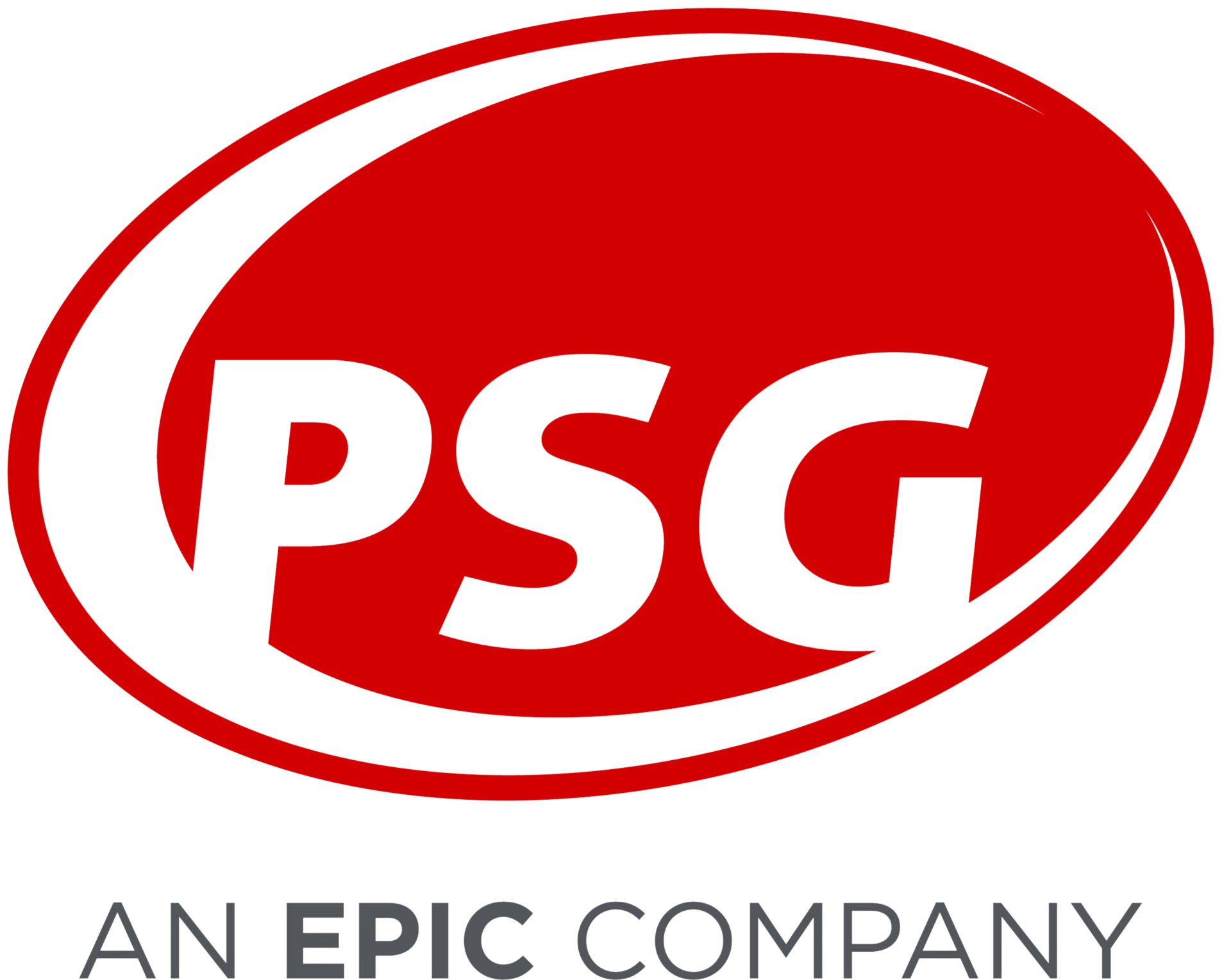Drug Rebates vs. Lowest Net Cost: Why It Matters for Your PBM Procurements
Posted on May 2, 2019
For years, rebates have been a dominant factor in the drug pricing equation for plan sponsors. To maintain affordability, employers have had to accept a supply chain where prices are inflated but reduced through rebates—giving plan sponsors little insight and control over true drug costs. Consumers are selecting high-deductible health plans that require patients to pay these inflated costs at the point-of-sale until their deductible is met.
Some of the ways in which the plan and member benefits are managed can result in higher rebates while unknowingly increasing utilization and point-of-sale costs. When measuring total expenditure through discount pricing guarantees and rebates only, the evaluation of drug mix and volume is missing. A better approach not only considers financial factors such as ingredient cost and rebates, but also incorporates clinical factors such as utilization and formulary management to measure the total net cost. The best opportunity to address total drug management and achieve the lowest net cost is to assess both pricing and drug management solutions during a procurement process (RFP) for PBM vendor selection.
The three clinical criteria include:
- Utilization management, which manages product selection and utilization through programs to influence certain patient behavior. In most cases, these programs target specific drugs or drug classes and are intended to improve the overall health of the patient. An example would be reducing or eliminating patient copay for diabetes medications to improve adherence.
- Formulary management is used to manage product selection through preferring or eliminating drugs. This reduces or steers patients to a very specific basket of drugs. For example, a generic-focused formulary provides the most savings, incentivizing the lower- cost drugs in the lower formulary tiers. However, the more restrictive the formulary, the more members are disrupted from the current structure of product selection.
- Prior authorization manages utilization by determining appropriate use on an individual basis. This process leverages criteria specific to a drug or drug class that the patient must meet in order to be approved to receive the medication. Too often, prior authorization has a negative reputation as limiting access to drugs for patients. When executed properly, however, it’s a powerful tool in ensuring patients are getting the right medication treatment at the right price.
These three components work together: formulary management influences the drugs available to patients, while utilization management and prior authorization influence the volume and use of the medications available. Both of these latter factors greatly impact the cost that patients and plan sponsors incur.
Make your RFP count
During your procurement process, be sure to:
- Conduct an independent formulary evaluation, reviewing drug selections which may increase point-of-sale costs and drive higher rebates.
- Focus on non-essential drug exclusions, where there are lower-cost alternatives that do not drive higher rebates.
- Understand clinical criteria, adjusting utilization that accounts for the strength of that criteria.
- Understand member disruption, realizing that any changes to consumer purchasing options will impact the plan and member.
Not only is evaluating your PBM arrangement important, but it’s also essential to protect your plan from future costs in a constantly shifting drug market. To do so, be sure that your RFP includes these capabilities in a potential PBM vendor:
- Strict audit and performance guarantees for clinical criteria and guidelines to ensure these criteria are being executed appropriately.
- Transparent reporting to validate the lowest net cost product/formulary selection (e.g., rebates).
- Flexibility for post-implementation control/management to account for changes in the current drug market and new drugs entering the market.
- A focus on measuring spend—not savings—to understand the full value and cost a program.
Understanding how rebates and lowest net cost factor into your RFP can ensure you get the best price protection in a volatile industry. PSG can help. We offer clients impartial expertise in all areas of PBM relationship management—from full-scope procurement services and program implementation to critical drug pricing metrics. Contact us for a consultation today or download our PBM procurement case study to learn more!
